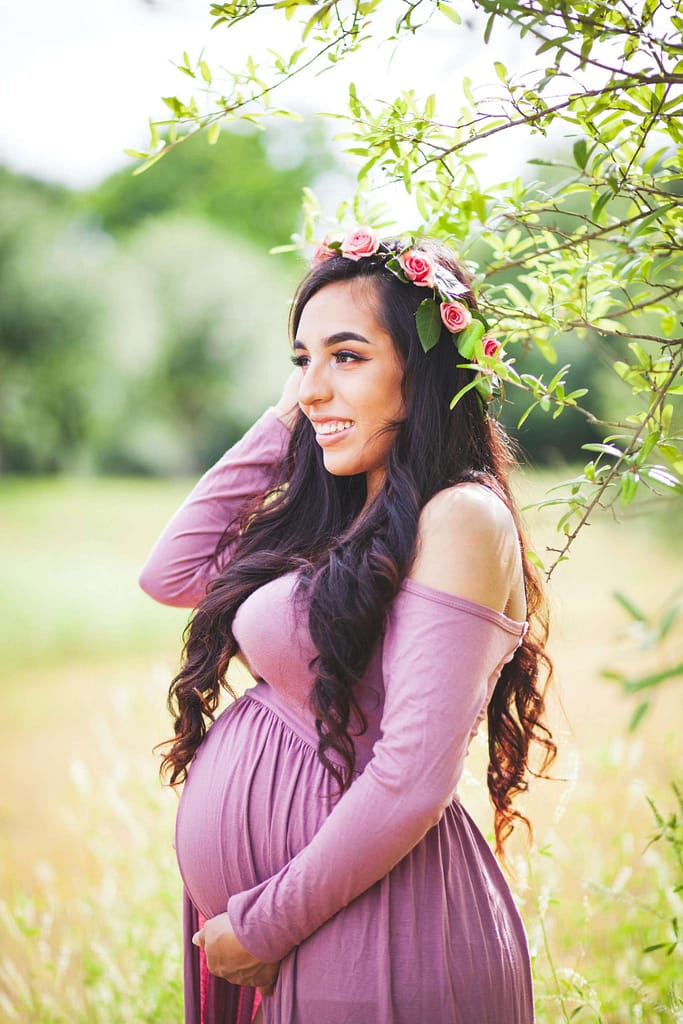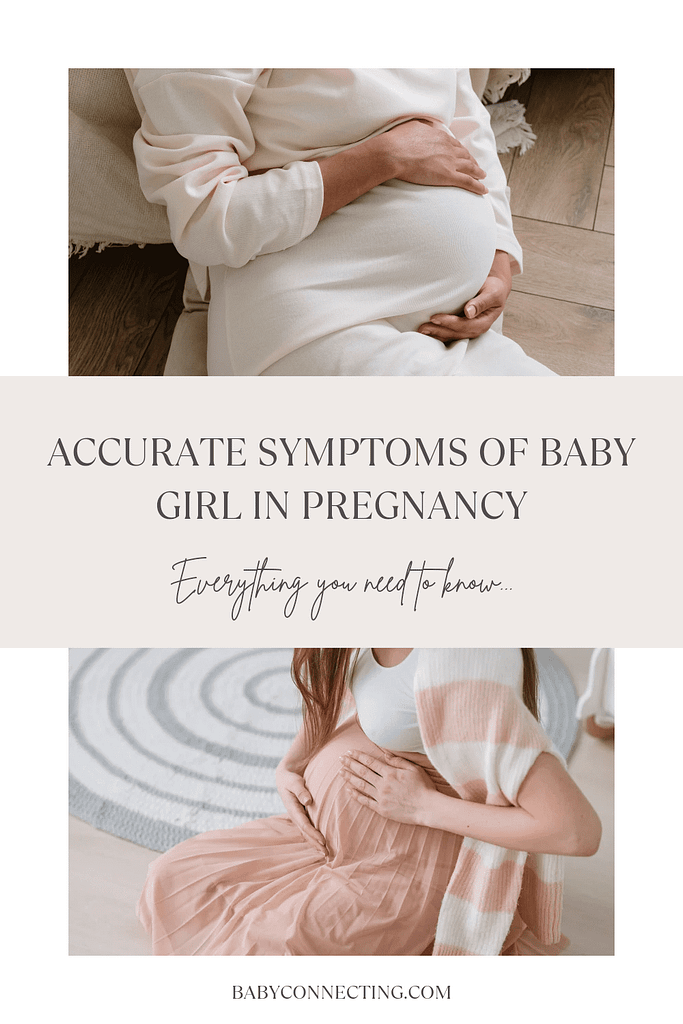Understanding Hair Changes During Pregnancy

Pregnancy brings a whirlwind of changes to a woman’s body, from the obvious like a growing belly to the less apparent but equally impactful changes like those affecting hair. Many women notice their hair becoming thicker, shinier, or even changing in texture during pregnancy. But why do these changes happen, and what can you expect as your body navigates this transformative period? In this blog post, we’ll delve into the science behind hair changes during pregnancy, the types of changes you might experience, and how to care for your hair throughout this journey.
The Science Behind Hair Changes During Pregnancy
Pregnancy hormones have a profound effect on hair growth cycles. Normally, hair goes through three stages: the growth phase (anagen), the resting phase (telogen), and the shedding phase (catagen). During pregnancy, hormonal fluctuations, particularly the rise in estrogen, extend the growth phase of the hair cycle, resulting in hair that appears fuller and less prone to shedding.
1. Increased Estrogen Levels: Estrogen is responsible for prolonging the anagen phase, meaning hair remains in the growth stage longer than usual. This reduction in hair shedding can give the impression of thicker hair.
2. Improved Blood Circulation: Pregnancy boosts blood flow, improving nutrient delivery to hair follicles. This can result in hair that looks shinier, healthier, and more vibrant.
3. Nutrient Uptake: The increased demand for nutrients during pregnancy also affects hair health. Vitamins and minerals like biotin, iron, and folic acid, which are essential for hair growth, are absorbed more efficiently, further promoting healthier hair.
Read more about: chest pain during pregnancy
Common Hair Changes During Pregnancy
Every woman’s experience with hair changes during pregnancy is unique, but some common alterations include:
1. Thicker Hair: As mentioned, the prolonged anagen phase results in less hair shedding. However, this isn’t new hair growth—it’s simply hair that would have otherwise fallen out remaining in place.
2. Changes in Hair Texture: Some women notice changes in hair texture, such as curly hair becoming straighter or straight hair becoming wavier. These texture changes are typically temporary and often return to their pre-pregnancy state after childbirth.
3. Alterations in Hair Color: Hormonal shifts can sometimes make hair appear darker or lighter. This change is usually subtle but noticeable enough to be significant.
4. Increased Oiliness or Dryness: Hormonal changes can also affect the scalp’s oil production, leading to either greasier hair or, conversely, drier strands. It’s essential to adjust your hair care routine accordingly.
Read more about: 5 unexpected emotions during pregnancyÂ
Postpartum Hair Changes: What to Expect
The dramatic hair improvements experienced during pregnancy are often temporary. Postpartum, when hormone levels normalize, many women experience increased hair shedding—a phenomenon known as postpartum hair loss or telogen effluvium.
1. Understanding Postpartum Hair Loss: This shedding typically begins around three to six months postpartum and can be alarming, but it’s a normal part of the hair growth cycle resetting. It’s your body’s way of catching up with the hair it didn’t shed during pregnancy.
2. Hair Regrowth After Pregnancy: Although it may take time, most women’s hair returns to its pre-pregnancy texture and fullness within a year after giving birth. Ensuring a balanced diet, managing stress, and maintaining good scalp care can help support this process.
Read more about:power of dates during pregnancyÂ
Caring for Your Hair During and After Pregnancy
1. Nourish from Within: A well-balanced diet rich in vitamins and minerals, especially iron, zinc, and omega-3 fatty acids, can support healthy hair growth. Prenatal vitamins also play a crucial role in maintaining hair health during pregnancy.
2. Gentle Hair Care Practices: Avoid tight hairstyles that can cause unnecessary stress on the hair shaft, and opt for gentle, sulfate-free shampoos and conditioners. Regular trims can help maintain healthy ends, and minimizing heat styling can prevent damage.
3. Scalp Massage: Massaging your scalp increases blood flow to the hair follicles, which can help support hair growth. Use gentle, circular motions with your fingertips a few times a week.
4. Avoid Over-Washing: Depending on whether your hair is oilier or drier during pregnancy, adjust your washing frequency accordingly. Over-washing can strip the scalp of natural oils, while under-washing can lead to buildup.
Final Thoughts
Hair changes during pregnancy are a natural part of the journey and are primarily driven by hormonal fluctuations. While these changes can be dramatic, they are usually temporary, with hair returning to its pre-pregnancy state within a year postpartum. By understanding what to expect and adjusting your hair care routine, you can navigate these changes with confidence. Remember, every woman’s experience is unique, and embracing these temporary transformations can be a beautiful part of the pregnancy journey.


